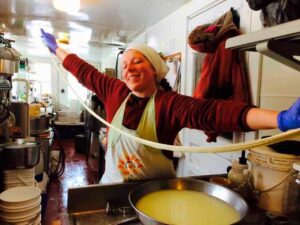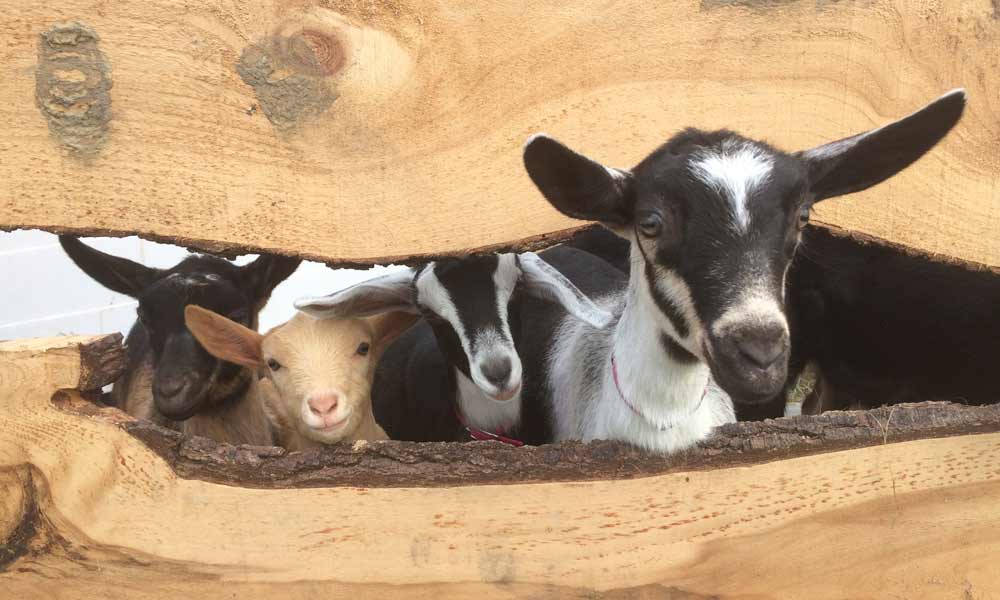| When we started planning our retirement a few years back, teaching cheesemaking classes was a big part of it. Then Covid hit. We closed Appleton Creamery, sold the farm, and moved to Belfast. My husband Brad’s health has continued to decline, so teaching classes has taken a back seat. Recently, we have received in-home care for Brad, so now my time is freed up, and I am back to planning classes under our consulting business name: Capercaillie Consulting!
I am in the process of securing a location to teach. I would love your input on where you would like to see a class, so I have designed a short survey: I ask for location, subject, and duration suggestions. In the meantime, I am planning a pilot class for Saturday, November 4, at the UU Church in Belfast. Other cheeses I can teach include chèvre, feta, halloumi, gouda, jack, and camembert. Please be advised I cannot make or teach cheddar! For a sneak peek at what kind of classes I can teach, check our webpage: capercaillieconsulting.com I look forward to hearing from you, Caitlin Hunter |
Mozzarella ( and why I hate making it)

It’s a beloved cheese by so many, and I like it too, but I hate to make it. Too darn hot. This is amusing because I’m always cold. Go figure. It should be a winter cheese when we all need a warm-up here in New England.
When COVID -19 danger has passed, I’ll be offering workshops on how to make this widely used and well loved cheese.
Here’s a little background on Mozzarella from the oracle ( but certainly no cheese expert) Wikipedia:
“Mozzarella, recognised as a Specialità Tradizionale Garantita (STG) since 1996,[8] is available fresh, usually rolled into a ball of 80 to 100 grams (2.8 to 3.5 oz) or about 6 cm (2.4 in) in diameter, and sometimes up to 1 kg (2.2 lb) or about 12 cm (4.7 in) diameter. It is soaked in salt water (brine) or whey, and other times citric acid is added and it is partly dried (desiccated), its structure being more compact. In this last form it is often used to prepare dishes cooked in the oven, such as lasagna and pizza.”
~ https://en.wikipedia.org/wiki/Mozzarella

